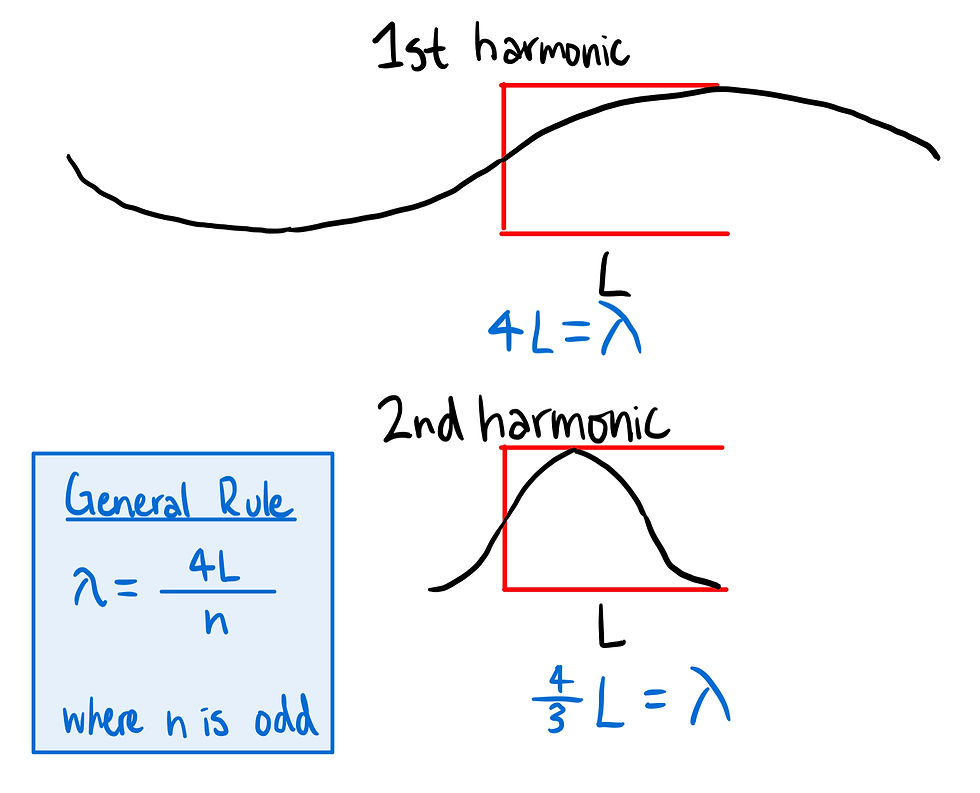PhysicsBowl 2016 Q23
- keshprad

- Jul 1, 2020
- 1 min read
23) In this question, we have a situation where helium and xenon gas are added to two balloons. We need to find the buoyant force acting on the balloons. Firstly, it is important to know the Archimedes Principle discovered by Greek mathematician Archimedes.
Archimedes' Principle states objects that are partially or completely submerged in a fluid experience a buoyant force of magnitude equal to the weight of the fluid displaced.
This image from Encyclopædia Britannica demonstrates the concept very well. The magnitude of the buoyant force is equal to the weight of the fluid displaced.
Although the 5kg weight is submerged, the buoyant force is feels is actually the weight of the 2kgs of water it has displaced. The buoyant force is 2*g ≈ 20 Newtons. You can read more about buoyant force here.
Now that we understand buoyant force let's continue with this problem. We will start by drawing out the situation.

As you can tell, regardless of whether we use helium or xenon, we are displacing the same air, which means in both cases we displace a fluid of density ρ[air].

Next, we can try to find the relation between V[1] and V[2]. The balloons are approximated as spheres.

Since the volume is the same and the density is the same, we can determine the relationship between their masses.

Since the mass of the fluid displaced is the same, we can determine that the weight of the fluid displaced is the same. This means the buoyant force is also the same.

Answer: C





Comments